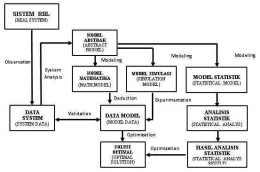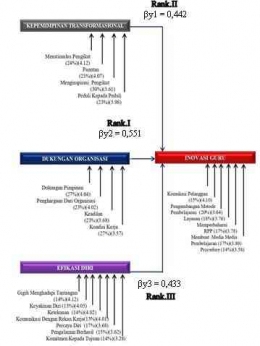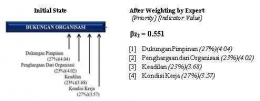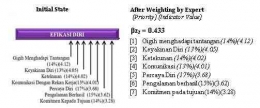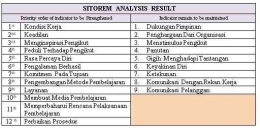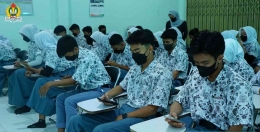R. Kreitner& A. Kinicki. Organizational Behavior. New York: McGraw-Hill, 2016, pp. 310-314
Tenner, A.R., & DeToro, I.J., 2012, Total Quality Management: Three Steps to Continuous Improvement. Addison-Wesley Publishing Company Inc., Reading, M.A.
DeJanaz cs.,2016. Interpersonal Skills in Organizations McGraw-Hill.
Stephen W. Littlejohn & Karen A foss, Theories of Human Communication, Ninth Edition (Belmont: Thomson Higher Educattion, 2018), p.3
John R. Schermerhorn, et. al., Organizational Behavior, Edition (New York: John Wiley & Sons, Inc, 2017), p. 406.
Amit Kumar Singh, Role of Interpersonal Communication in Organizational Effectiveness, (India: Mizoram University, 2014), p. 36
Fred Luthans. Organizational Behavior: an Evidence-Based Approach, 12th Edition, (New York: McGraw-Hill/Irvin, 2016) p. 253
Paul G. Stoltz (2005). Adversity Quotient, Mengubah Hambatan Menjadi Peluang, Alih Bahasa T. Hermaya, Jakarta: PT Grasindo.
Rachapoom Pangma, Sombat Tayraukham, and Prasar Nuangchalerm (2009). “Causal Factors Influencing Adversity Quotient of Twelfth Grade and Third-Year Vocational Students”, Journal of Social Science, Vol. 5, No. 4, 2009, pp. 466-470
Andy Green (2006). Effective Personal Communication Skills for Public Relation, Philadelphia: Kogan Page Limited.
Maxwell, J. C. (2004). Peta Jalan Menuju Sukses, Your Road Map for Success, Batam: Interaksa





